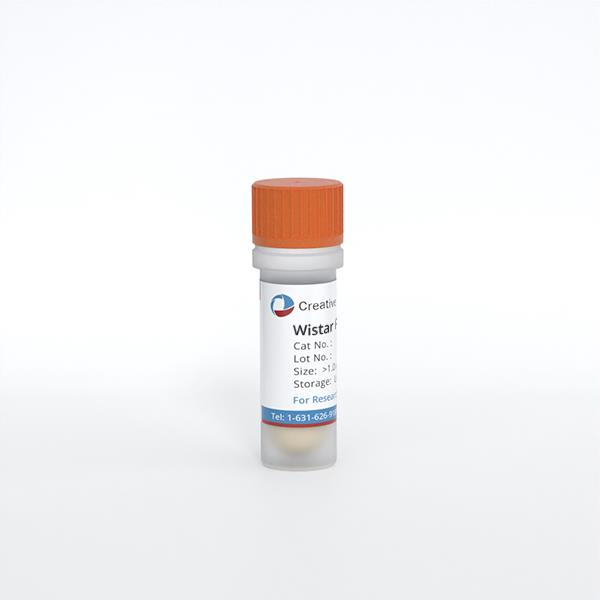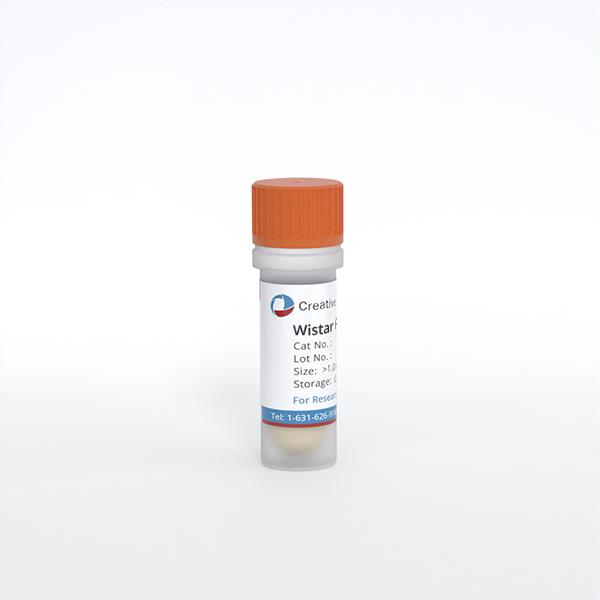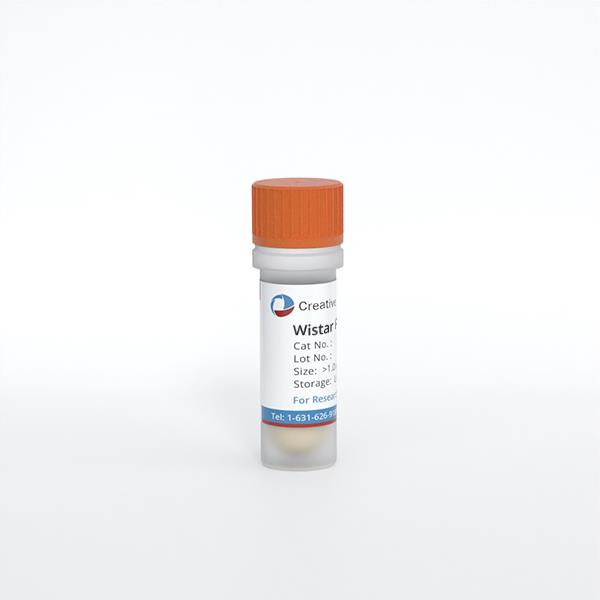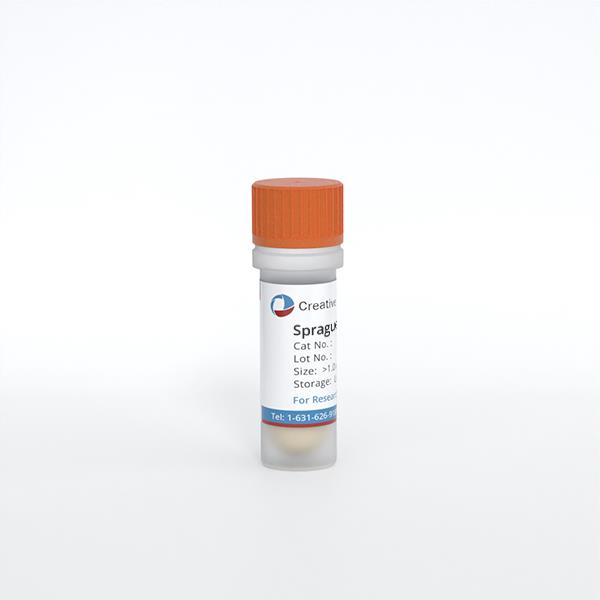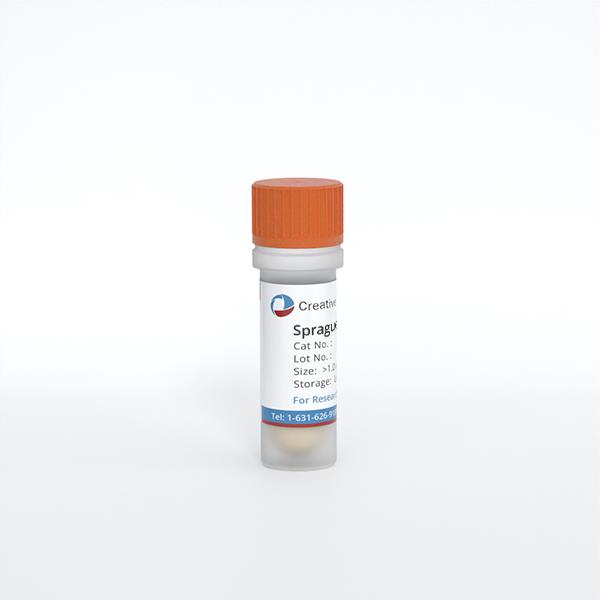Featured Products
Hot Products
ONLINE INQUIRY
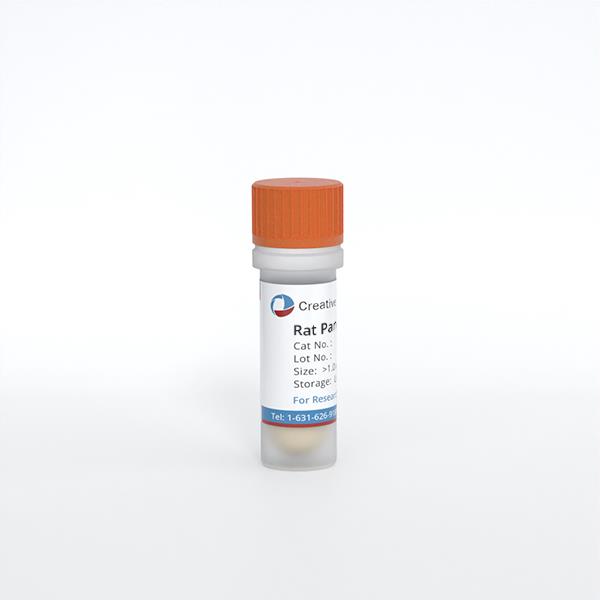
Rat Pancreatic Acinar Epithelial Cells
Cat.No.: CSC-C5039S
Species: Rat
Source: Pancreas
Cell Type: Epithelial Cell
- Specification
- Q & A
- Customer Review
Cat.No.
CSC-C5039S
Description
The exocrine pancreas is responsible for secretion of digestive enzymes, ions and water into the duodenum of the gastrointestinal tract. The functional unit of the exocrine pancreas is composed of an acinus and its draining ductule. A ductule from the acinus drains into interlobular (intercalated) ducts, which in turn drain into the main pancreatic ductal system. The acinar cells of the acinus are specialized to synthesize, store, and secrete digestive enzymes. On the basolateral membrane are receptors for hormones and neurotransmitters that stimulate secretion of the enzymes.
Rat Pancreatic Acinar Epithelial Cells (rPAECs) from Creative Bioarray are isolated from the rat pancreatic tissue. The method we use to isolate rPAECs was developed based on a combination of established and our proprietary methods. The rPAECs are characterized by the methylene blue staining. Each vial contains 0.5x10^6 cells per ml and is delivered frozen.
Rat Pancreatic Acinar Epithelial Cells (rPAECs) from Creative Bioarray are isolated from the rat pancreatic tissue. The method we use to isolate rPAECs was developed based on a combination of established and our proprietary methods. The rPAECs are characterized by the methylene blue staining. Each vial contains 0.5x10^6 cells per ml and is delivered frozen.
Species
Rat
Types Organ
Pancreas
Source
Pancreas
Recommended Medium
Cell Type
Epithelial Cell
Disease
Normal
Quality Control
Rat Pancreatic Acinar Epithelial Cells are negative for HIV-1, HBV, HCV, mycoplasma, bacteria, yeast and fungi.
Storage and Shipping
Creative Bioarray ships frozen cells on dry ice. On receipt, immediately transfer frozen cells to liquid nitrogen (-180 °C) until ready for experimental use. Never can cells be kept at -20 °C.
Citation Guidance
If you use this products in your scientific publication, it should be cited in the publication as: Creative Bioarray cat no. If your paper has been published, please click here to submit the PubMed ID of your paper to get a coupon.
Ask a Question
Write your own review
- You May Also Need
Related Products


